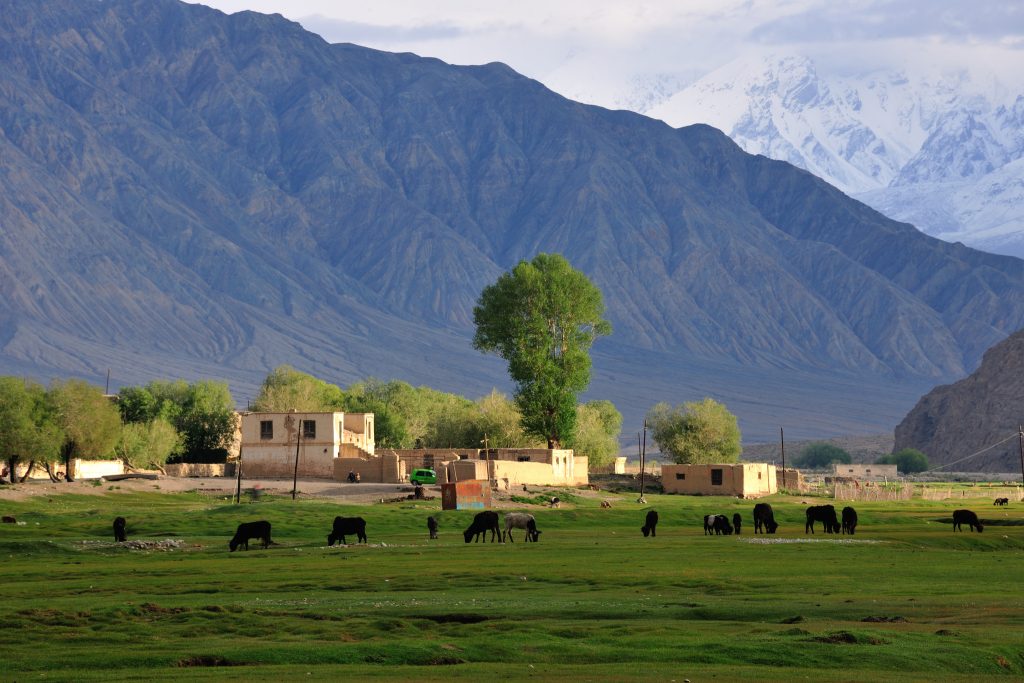Two new geothermal fields identified on the Pamir Plateau in Xinjiang, northwest China
Surveys have identified two new geothermal fields in the Xinjiang Uygur autonomous region in the northwest of China. The resources are expected to be a much needed source of heating for the region.
After an eight-year survey, researchers have identified two new geothermal fields on the Pamir Plateau Xinjiang Uygur Region.
Xinjiang, a vast region of deserts and mountains is an autonomous territory in northwest China. It’s home to many ethnic minority groups, including the Turkic Uyghur people. The ancient Silk Road trade route linking China and the Middle East passed through Xinjiang, a legacy that can be seen in the traditional open-air bazaars of its oasis cities, Hotan and Kashgar.
One field at Quman village in Tashkurgan Tajik Autonomous County, covers 8 square kilometers, said Wang Hong, deputy chief engineer of the regional department of land and resources.
“Analysis of geological structure, temperature and pressure show that the Quman field can promise stable yields for more than 100 years,” Wang said.
Geothermal resources are generally used for heating water and greenhouses, for generating electricity and in health spas.
Another field covering seven square kilometers of low-temperature geothermal resources was also found in the county, suitable for hot spring therapy and leisure pursuits.
Tashkurgan on the Pamir Plateau endures long, harsh winters. The local government usually imports coal from Urumqi, Xinjiang’s capital, and Aksu Prefecture at high cost. Winter heating has always been a heavy burden for residents.
In 2010, Xinjiang began to explore geothermal resources in Tashkurgan, spending 48 million yuan (USD 7 million) on the search.
The department estimates that the Quman field could provide heating for 12,000 residents, reducing heating costs 30 million yuan each year.
Hot springs in the low-temperature field could become a profitable tourist resort, creating jobs for residents and opportunities for local entrepreneurs.
Source: XinhuaNet


















